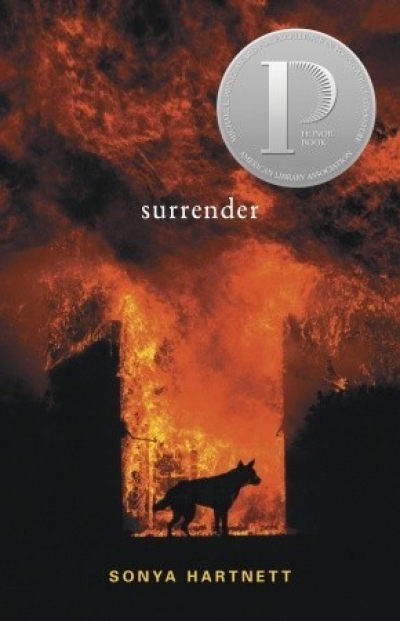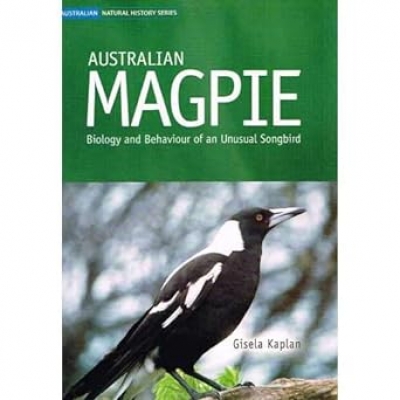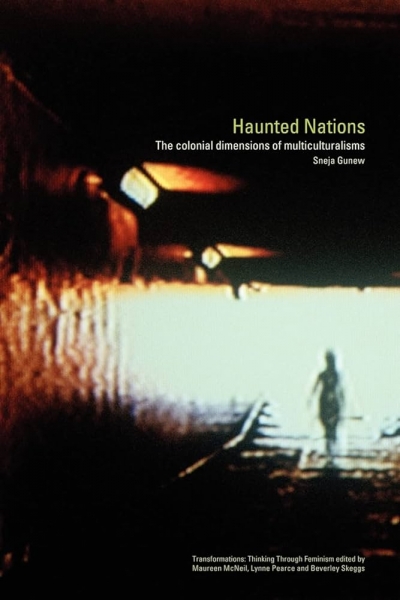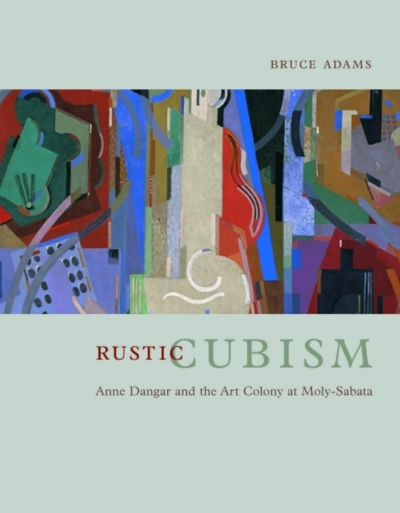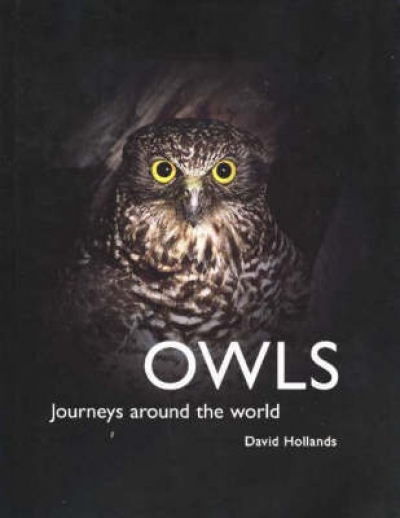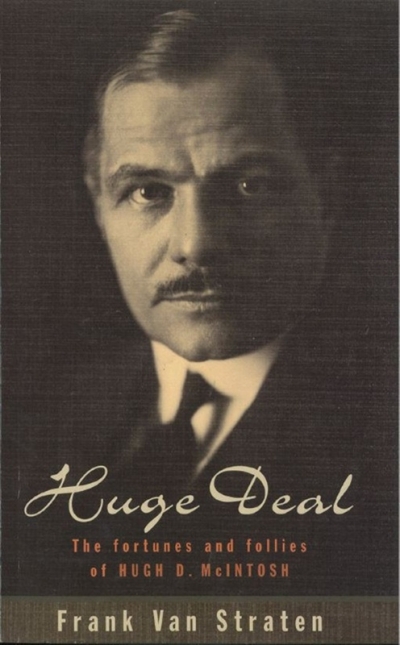Accessibility Tools
- Content scaling 100%
- Font size 100%
- Line height 100%
- Letter spacing 100%
Archive
The ABR Podcast
Released every Thursday, the ABR podcast features our finest reviews, poetry, fiction, interviews, and commentary.
Subscribe via iTunes, Stitcher, Google, or Spotify, or search for ‘The ABR Podcast’ on your favourite podcast app.
‘Where is Nancy?’ Paradoxes in the pursuit of freedom
by Marilyn Lake
This week on The ABR Podcast, Marilyn Lake reviews The Art of Power: My story as America’s first woman Speaker of the House by Nancy Pelosi. The Art of Power, explains Lake, tells how Pelosi, ‘a mother of five and a housewife from California’, became the first woman Speaker of the United States House of Representatives. Marilyn Lake is a Professorial Fellow at the University of Melbourne. Listen to Marilyn Lake’s ‘Where is Nancy?’ Paradoxes in the pursuit of freedom’, published in the November issue of ABR.
Recent episodes:
The combatants in the so-called ‘History Wars’ have been denouncing each other for about a decade. The main issue is the handling of black–white relations in histories of Australia. There are tangential disputes about the policies of the National Museum and the worth of the historian Manning Clark and his writings, but these are not germane to this article. On the left, television historians, journalists and politicians are concerned to levy blame for terrible acts of European greed and brutality and to bestow praise for acts of Aboriginal resistance; while rightists emphasise the white settlers’ and authorities’ normally good intentions and the small amount of blood shed by comparison with the histories of North and South America, and of Africa. The leading protagonists in both camps have generally been formed by Marxism and retain that absolutist faith that nothing happens by accident, thereby permitting simple assignments of good and evil.
... (read more)The authors of these four books use a narrative device common to much fantasy fiction: the notion of quest. Sometimes that quest requires a physical journey, and sometimes it involves searching for something closer to home, but the very process is almost invariably life-changing for the characters involved.
... (read more)


